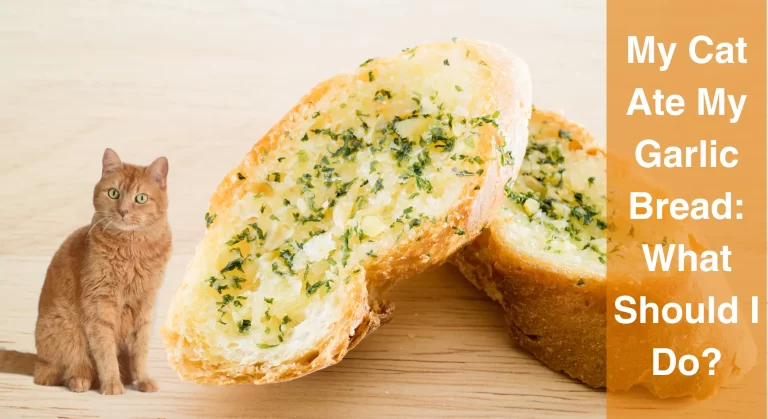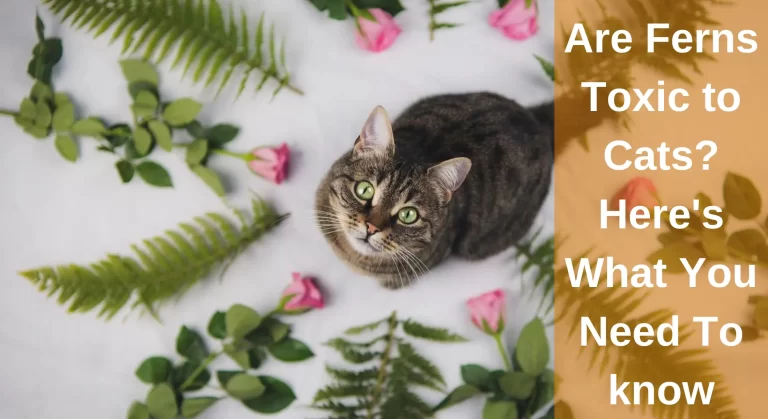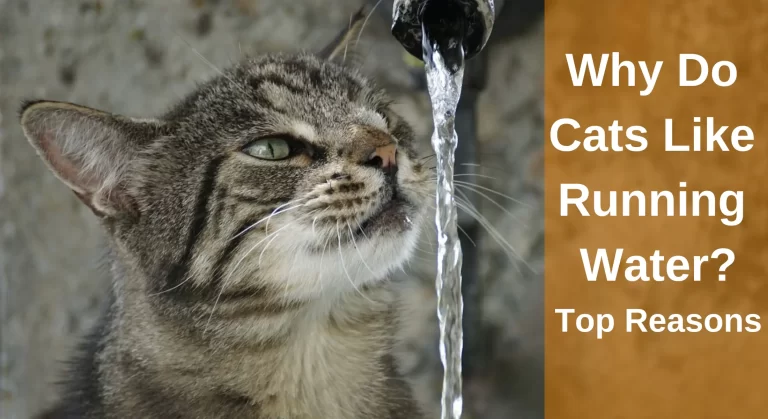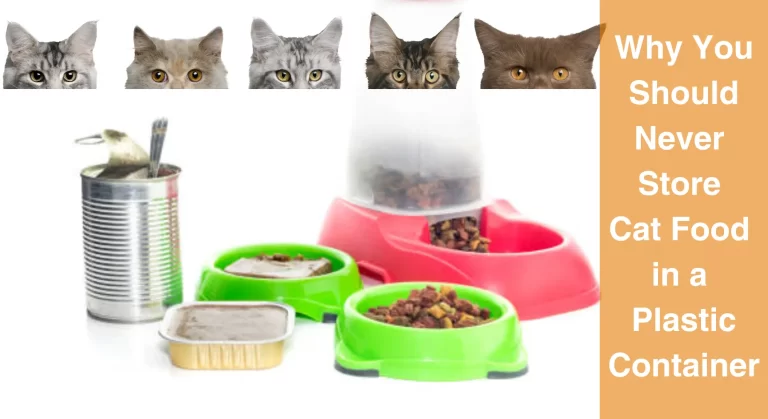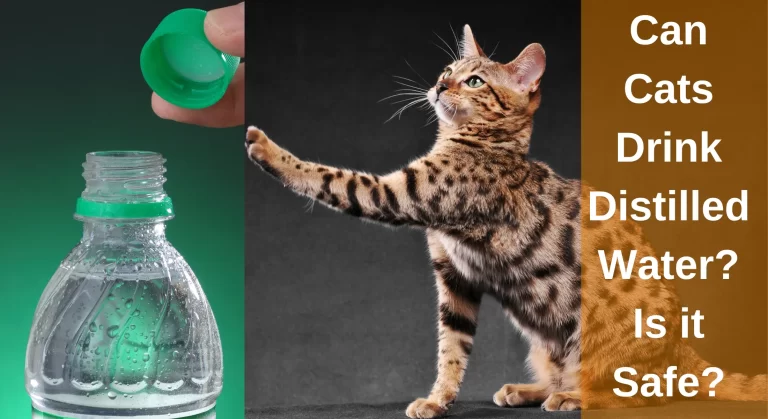Why is There Ash in Cat Food? Importance of Low Ash
What is Ash in Cat Food?
Ash is the substance that remains after the food for Mittens is combined and cooked to make kibble; it is primarily made up of minerals. Although ash is included in most pet meals to varying degrees, this is not causing concern. Contrary to popular thought, it’s not actually ash. The phrase “crude ash” on a cat food label describes the number of minerals like calcium, phosphorus, and magnesium in the meal.
But these contents have a major impact on the cat’s overall health as well as on growth. On the other hand, food containing high ash gives more minerals to your pet, resulting in compromised health. It actually provides more to your cat than its body can handle.
In the past, vets discovered a connection between cat food ash content and the propensity for cats to develop urinary tract infections. The minerals could obstruct the urethra. Avoiding this dangerous urinary condition is advised. And fortunately, there are cat feeds with less ash available that lessen the risk of urinary issues. These low-ash choices are especially important for cats that are already experiencing issues.
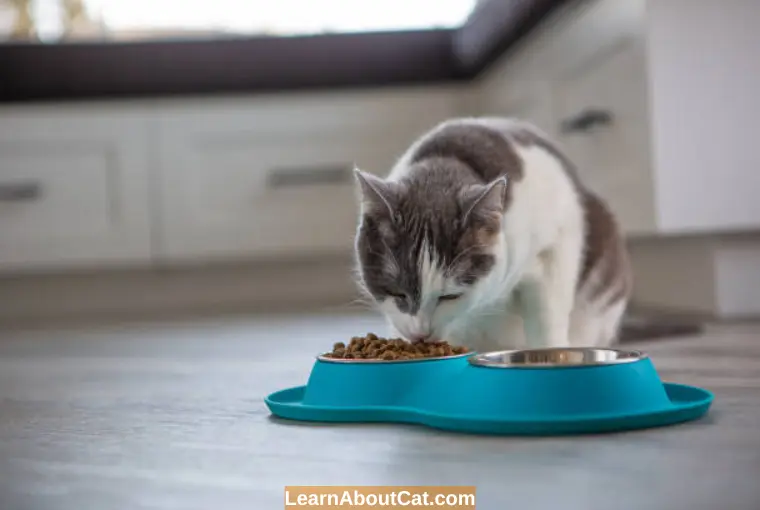
Exactly How Much Ash should be in Cat Food?
The real question is how much of each mineral a healthy cat food needs to have,, as ash content also corresponds to mineral content. A healthy adult cat needs about 2% of its daily calories to come from ash.
Approximately 0.6% of this is calcium, 0.5% is phosphorus, and 1% is potassium, and the remaining amounts are made up of sodium, magnesium, chlorine, iron, and other trace elements.
Which Cats Require Low Ash Content in Their Food?

Cats who suffer from urinary tract infections (UTIs) need foods with low amounts of ash to prevent the accumulation of minerals, especially magnesium, in their urinary tracts.
Food containing less ash (e.g, phosphorus) in the food is frequently useful for feline buddies with renal diseases such as renal infections or chronic kidney disease etc.
Age-related kidney damage occurs in cats. Their kidneys’ functioning will afterwards presumably start to deteriorate. A low-mineral diet will lower the renal pressure in such animals.
The Serious Problem With Ash in Cat Food
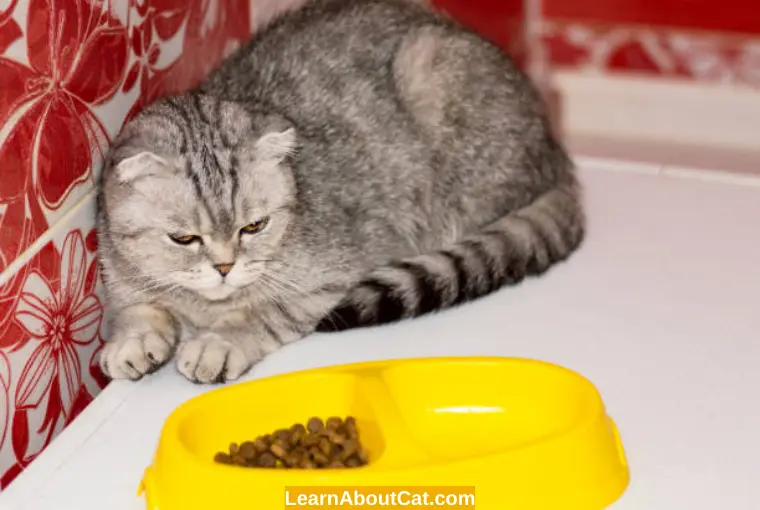
Then what’s the problem if all ash is a collection of necessary minerals?
Such micronutrients must be present in fewer amounts in your cat’s food. It is not difficult to find popular cat food products with total ash concentrations as high as 7.07%, despite recommendations from the National Animal Supplementation Council that calcium should only make up 0.6% of a cat’s diet. Extra minerals are added which are not necessary. As there is a link between increased ash content in cat food and urinary tract disease in male cats, according to research.
Later, it was found that magnesium was the only mineral found in such quantities of ash. The elevated magnesium level might eventually lead to stones forming and obstructing the urethra. Males are more prone to this life-threatening condition,, according to research.
Low Ash Foods For Urinary Health
To add less magnesium is a vet’s prescription health. Many low-ash dietary products on the market are marketed as diets for urinary health.
However, cat food with decreased ash serves other needs as well. By examining the ash content, you may also obtain a feel of the food’s overall quality. It is reasonable to conclude that cat food with a high ash percentage has more filler. It makes more sense to be proactive and reduce ash and micronutrients like magnesium than reacting after your cat has a problem.
Wet vs Dry Food
In addition, dry food has a higher ash content than moist food. Mostly because dry food goes through a different type of processing that produces more ash. As a result, focus on wet meals first if you wish to reduce the total ash level.
Food choices may vary from cat to cat as some cats prefer to eat wet food while others dry. Depending on your preferred manner of feeding, your family could not benefit from moist food.
Intresting Reading: Why My Cat Stopped Eating Dry Food But Eats Treats?
How Can I Tell How Much Ash is in the Food?
Actual ash content in a container cant is determined at all. A lot of products prominently display the ash content on the label, however, many others do not. Sadly, neither of these things can be readily calculated.
A lot of research has been done to identify how much ash is in each product, occasionally even getting in touch with the particular food maker. However, on the side of caution and omitted premium products that undoubtedly contain low,, but it’s impossible to determine the exact amount.
The Best Diet For Cats With Urinary Tract Problems

Crystal formation may be a very severe disorder if not treated right away. These crystals might obstruct the male cat’s urethra if they continue to develop past their initial small size. If this occurs, the cat may die 24 hours following the occlusion of the urethra.
This illness is commonly associated with a cat’s diet high in ash. A well-planned diet can help you avoid the extra factors leading to feline lower urinary tract disease (FLUTD) and crystal formation. So, adding less amount of ash to a cat’s diet is the best option.
1. Encourage Hydration
Since wet foods contain much more moisture than dry foods, you could choose to eat them.
You may soften dry food with chicken or vegetable broth or mix dry food with wet food if your cat only eats dry food. To encourage your cat to drink, keep her water bowl full and supplied with fresh water.
Also Read: How to Get Your Cat to Drink More Water?
2. Reduce Your Consumption of Grains and veggies
Your cat’s urine becomes more alkaline when its diet contains a lot of vegetables and grains. Always read the nutrition label on cat foods to find out how much of each vitamin your cat will be getting.
Vegetables and grains both provide a lot of carbohydrates and are great sources of fibre. But carbs must be as low as 2%. Because it lacks the enzymes required to break down carbs and fibre, a cat’s digestive tract will get overworked if it consumes excessive amounts of these foods.
3. Protein Should be Provided in Abundance
The high alkalinity of cat urine usually results in crystal formation. Low protein intake in their diets often brings a rise in alkalinity. So, a high-protein diet stops or reduces crystals formation. Foods that have more meat meals added to them to boost their protein content, therefore, have a higher ash content.
4. Select Minerals that are Balanced and Appropriate Amounts
A cat’s diet rich in certain minerals like magnesium can also contribute to crystal formation in addition to the alkalinity of the urine. Remembering how interconnected and dependent all minerals are is also a good idea. Also, keep an eye on the cat’s food of how much and what contents she or he is eating.
5. Consult Your Veterinarian about Dietary Supplements
Foods like cranberries, blueberries, flaxseed, carrots, pumpkins, and other whole foods are regularly included in cat diets made specifically to support the urinary and digestive systems, along with supplements like urine acidifiers.
Talk to your vet about giving your cat these vitamins separately or including them in the diet for increased health advantages.
How Much Ash Should there be, and Why is That Important?
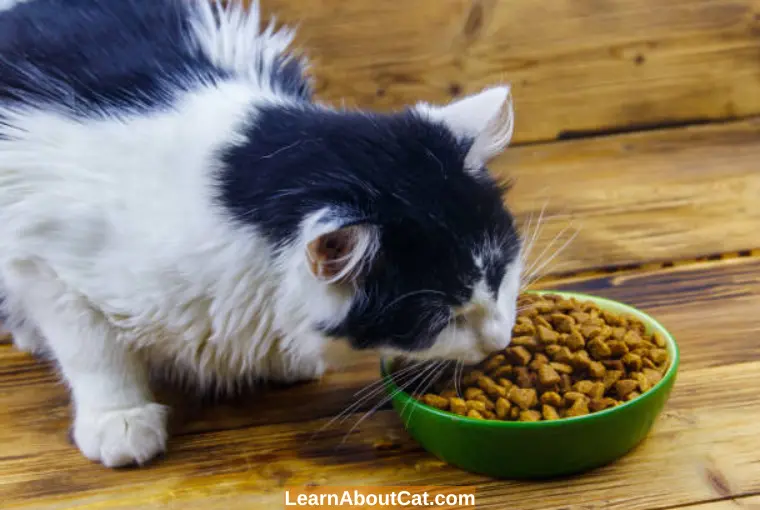
Ash generally makes up around 5-8% of the feed. A feed including lamb or salmon may have ash levels between 8.5 and 9%. This is because these meats contain more minerals than other types of animal protein, such as for example, chicken.
Is Ash a Part of Every Cat Food Product?
The amount of minerals and other elements in your cat’s food is actually referred to as ash. Minerals such as Mg, Fe, P or Ca are necessary to promote their growth as well as development. As a result, while ash is a vital component of cat food, various producers use varying quantities.
Frequently Asked Questions
The Bottom Line on Ash in Cat Food
No matter if the cat food is dry or moist, it always has an ash or mineral content. Minerals should be included in a cat’s diet, but they must be present in the proper quantities and ratios. This article gives you a general understanding of how certain minerals could specifically impact cats’ urinary systems.
Low ash content is a pretty general term with a variety of interpretations. It is optimal to take a cat’s complex dietary requirements into account. As a result, I’ve tried my best to provide you with an accurate summary of each dish’s nutritional content.
As you’ve undoubtedly seen, rather than their general ash level, the bulk of the meals in my two recommendations are notably low in magnesium. Cats’ urinary tracts also need to be adequately hydrated, have suitable protein levels, and maintain urine pH in addition to ash content.
Who is Isabella?
My name is Isabella, and I am a dedicated and knowledgeable cat enthusiast. With years of experience caring for cats and a deep love for felines, I made a mission to help other cat lovers navigate the challenges of cat ownership.

